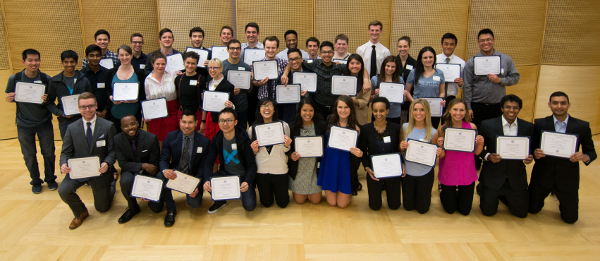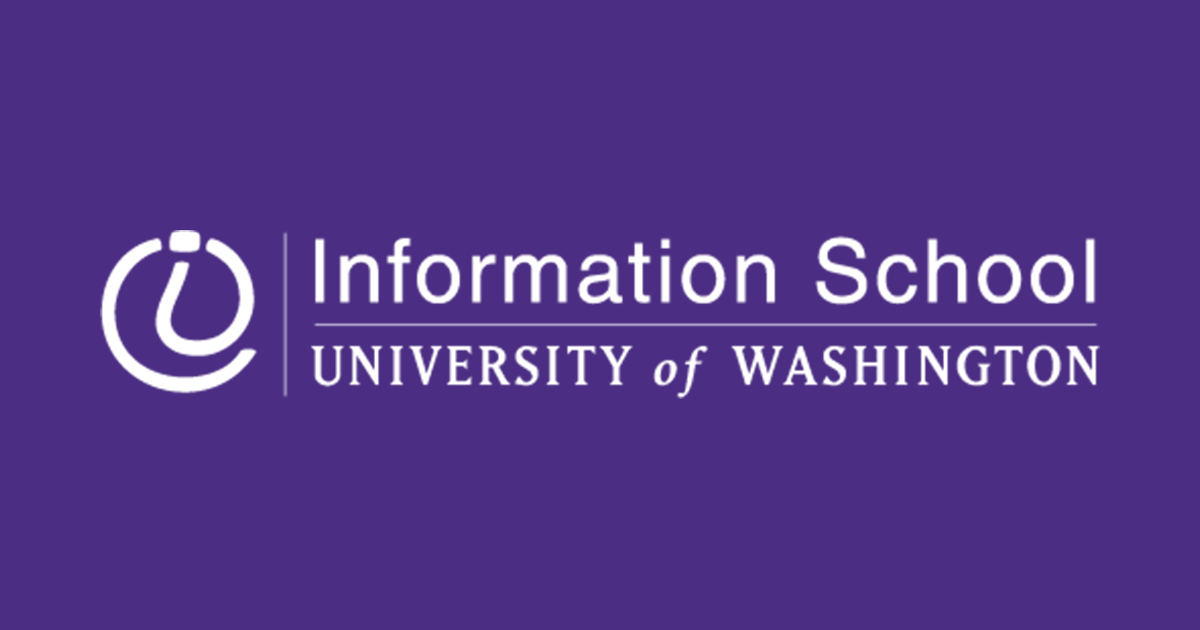

In this project, collaborated with a team of managers, engineers and designer to identify and prototype opportunities for Nokia software to play a critical part in the 5G-MEC ecosystem by enabling seamless integration between multiple stakeholders in that ecosystem. 5G and Multi-Access Edge Compute (MEC) are two technologies that promise ultra-low latency to cater to these new use cases and revolutionize the digital marketplace. With technological development advancing rapidly towards compute-heavy, low latency services like autonomous cars and virtual reality, cloud, tech and communication companies are innovating new methods to deliver the required performance. Multi-Access Edge Compute (MEC) onboarding platform - Automating the collaboration between telco and cloud service providers. Finally, based on the findings of my research, I produced design documents including wireframes and hi-fi mockups in an iterative manner. Then I conducted three user shadowing sessions with the librarians to find out their pain points and observe how they use the system to complete their daily tasks. In this project, I utilized heuristic evaluation to uncover usability problems and made design recommendations based on them.

The focus of the new design is to create a better user experience. The goal of the project is to evaluate users needs and current workflow and incorporate them into the new design of interfaces. While the system has been functioning well to serve the tasks conducted by the librarians, it has long been complained about its inconsistent and outdated design. They use this system to search, browse, and edit the records of CTRs collections. The staff query and cataloging system is a system used by the librarians of the Center of Transportation Research(CTR). Our research provides greater understanding for the VizWiz Challenge and reveals a gap between traditional VQA/Image captioning task and real VQA/Image captioning task from the perspective of external knowledge. Besides, the results show a possibility of answering visual questions using low-quality images or even answering unanswerable questions by using external knowledge. It also suggests that knowledge base is more suitable for traditional VQA while search by text is more suitable for VizWiz VQA dataset. This research confirms that reverse image search is suitable for the image captioning task and suggests to explore knowledge base for image captioning. The results show that including external knowledge can largely improve the accuracy of VQA. This thesis compares three kinds of external knowledge: knowledgebase, reverse image search, and search by text and evaluates them on two image captioning datasets: COCO-captions and VizWiz-captions as well as on three visual question answering datasets: VQA v2, VizWiz-VQA, and OK-VQA.

However, there is a need for studies that explore the benefits of multi-source external knowledge for real tasks in these two areas. Previous research has explored VQA using a knowledge base and image captioning using reverse image search. The sophisticated models in use today work well on simple tasks but they perform poorly when the task requires common sense or external knowledge.

The field of computer vision has made significant advances in visual question answering (VQA) and image captioning. Image Captioning and Visual Question Answering with External Knowledge


 0 kommentar(er)
0 kommentar(er)
